 This picture above was painted recently by my Dad, who took up painting later in life, attending classes at The Studio Art School run by my cousin Justin, down on the south coast in Dorset. Art Classes at Upwey | thestudioartschool On seeing this one I was immediately struck by the similarity with the famous 'lone tree' of Llyn Padarn, near where I live, 300 miles away. What an incredible location for this tree to survive in. Up here in North Wales I recently visited another famous tree. This ancient yew tree has been estimated to be a mind-boggling 4000 years old!! You just can't help but feel a sense of reverence and awe in the presence of this ancient yew. It sits in a church yard now, but of course it predates Christianity by about half of it's lifetime! On the same day we also came across this pair of trees with their beautifully entwined root systems, exposed for us to appreciate a little of what is going on underground! As Vanda Scaravelli reminds us, "The pull of gravity under our feet makes it possible for us to extend the upper part of the spine, and this extension allows us to release tension between the vertebrae. Gravity is like a magnet attracting us to the earth, but this attraction is not limited to pulling us down, it also allows us to stretch in the opposite direction towards the sky." (Awakening The Spine, 1991).
So, through dedicated practice, we find ourselves standing tall and perhaps also carrying ourselves with greater confidence and ease. A kind of confidence that has nothing to do with ego and everything to do with simply claiming one's place alongside all other living things, with a sense of equanimity, inspired by the trees. If you're reading this before May 2024 do come and join me to explore these themes in person together at this upcoming workshop:
0 Comments
I often consider time spent on the yoga mat to be a kind of ‘training ground’ for life. What do I mean by this? Let’s say that during a simple movement exploration (coming in and out of a seated twist for example, or moving between dog pose and plank a few times) we ask ourselves, ‘How does this feel? Does my body want to go slower with this movement? Or does it need to speed up? Where exactly do I need to stop in order to respect any given part of the body and work safely, whilst perhaps also bringing in a satisfying level of challenge..?'`
This process of paying close attention to our responses and impulses moment by moment can give us useful information about our lives off the mat. Perhaps you notice that there’s a part of yourself that is never satisfied, always striving for more, or you notice that there’s a conflict between your felt sense and a habitual thought pattern telling you something like: ‘I must fit in and do what everyone else is doing.’ This witnessing of ourselves and our patterns of thought is something that can lead us into deeper practice. Self study, or Svadhyaya, is one of the Niyamas (inner observances) from the ancient yogic texts. And the yoga mat offers a kind of laboratory for our study, should we wish to embark on the journey of self-discovery. At this point in writing I paused for a 1-2-1 session on zoom. In our opening chat my student shared how she had had an insight during the week about how her yoga practice could inform life off the mat as well. The timing really made me smile as I had just finished writing the paragraph above moments earlier! My student had realised that just as we have choice about how to approach and when to stop in any particular yoga pose we also have choice about situations in life. Importantly perhaps we can choose when and how to move towards and when to step back from a situation, with more clarity, after honing our skills and awareness on the yoga mat. This increase in levels of self awareness and therefore choice in all areas of life is one of the most profound and life changing benefits of a yoga practice. Does any of this resonate with you? Let me know in the comments. :) |
Yoga Mat Diaries..Musings from the mat and beyond.. ArchivesCategories |
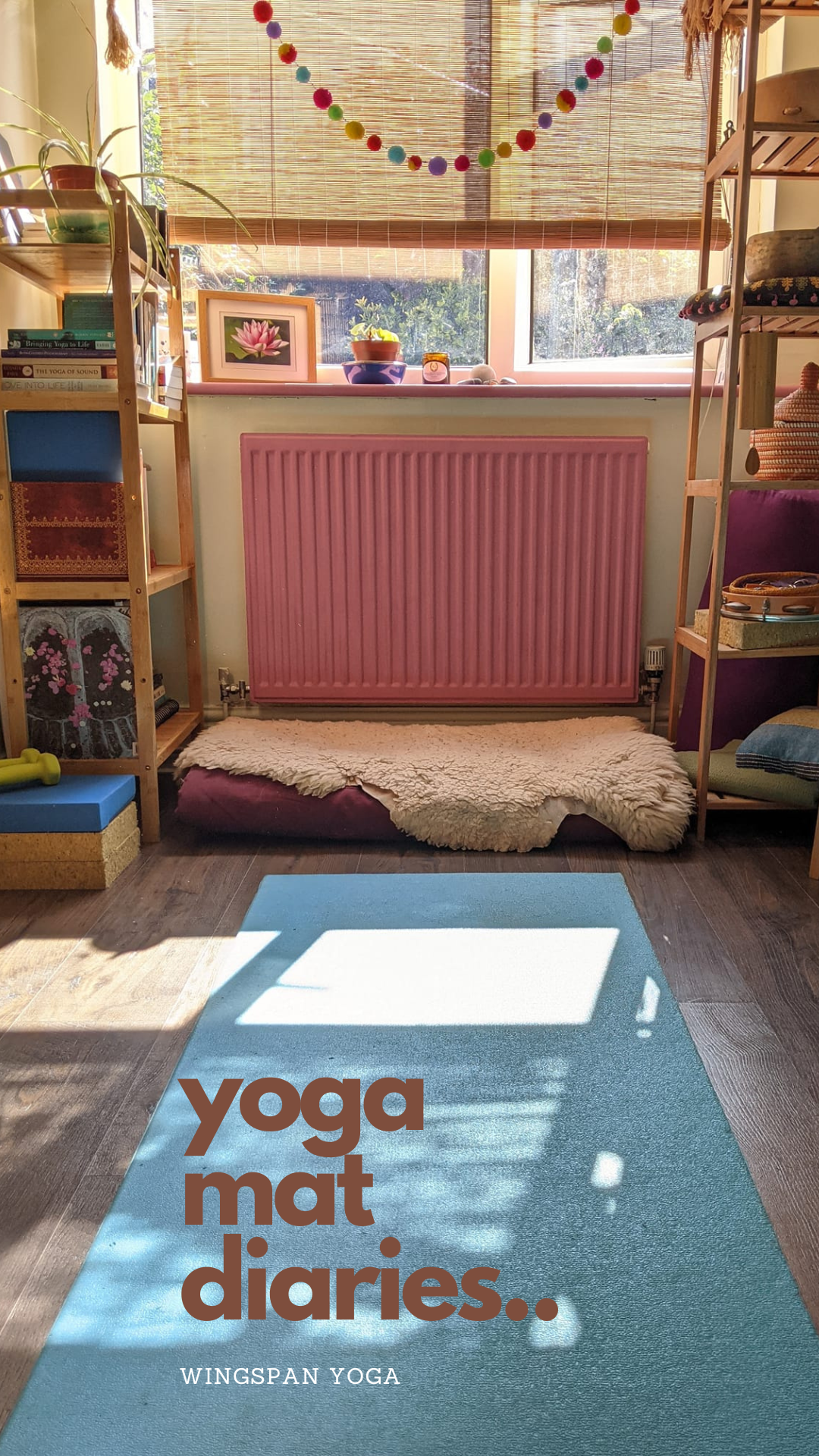
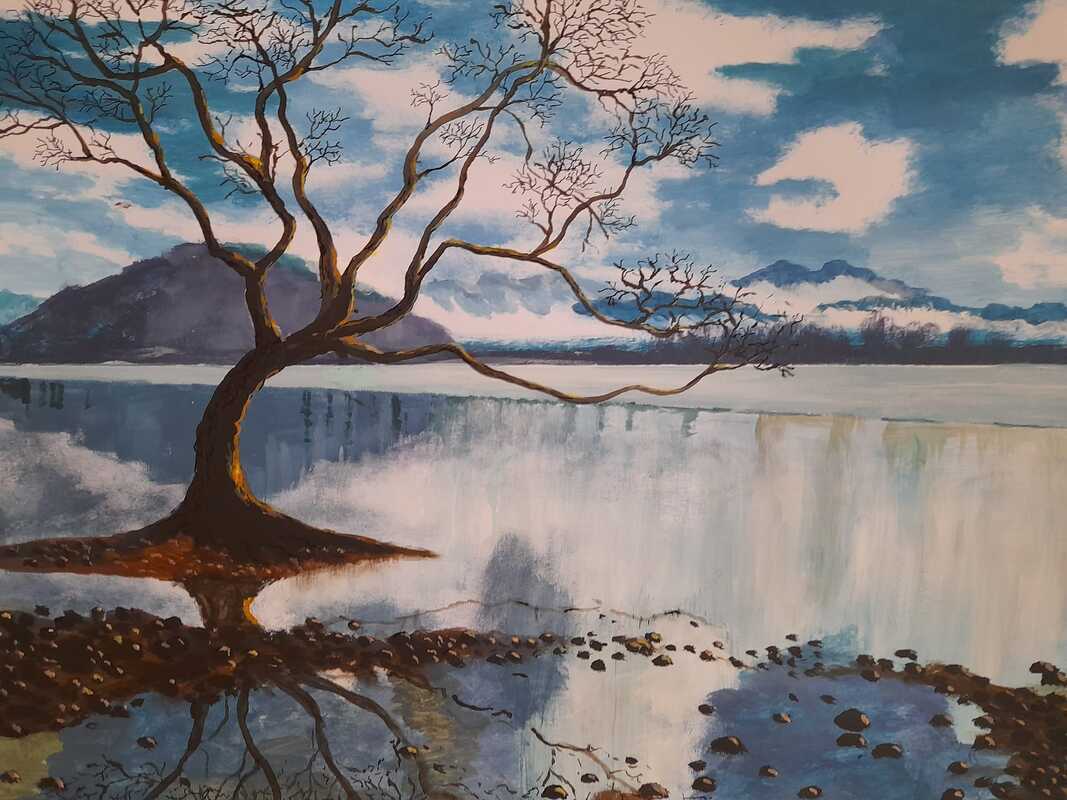
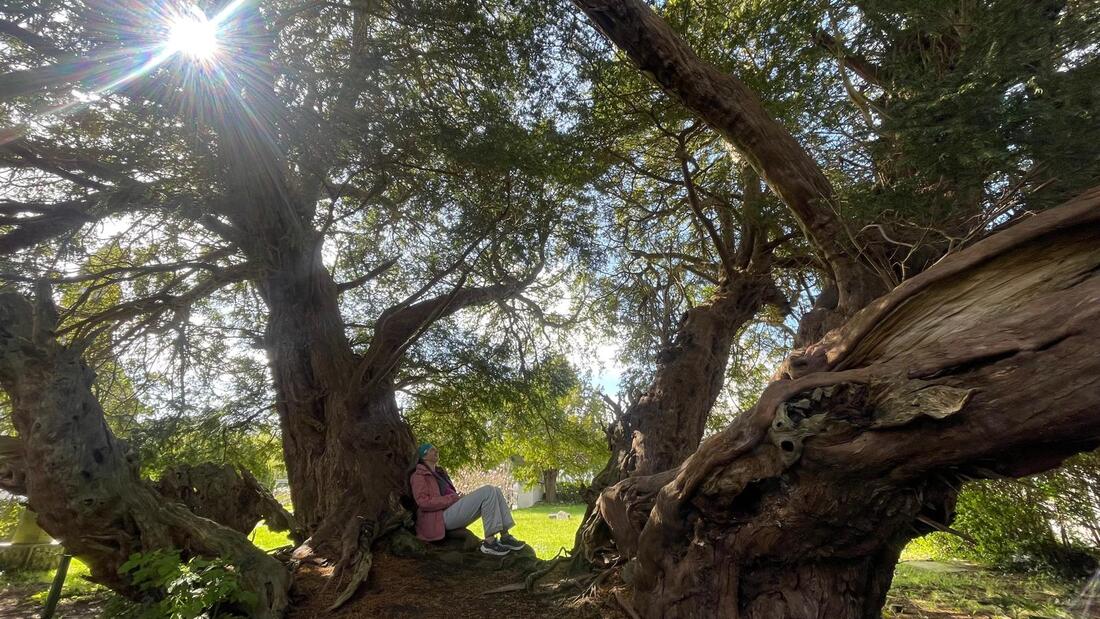
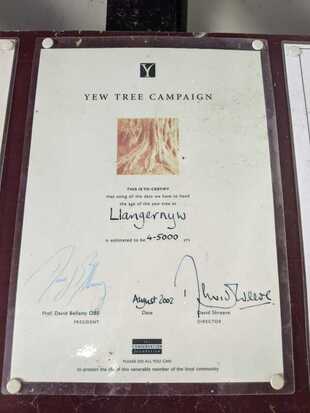
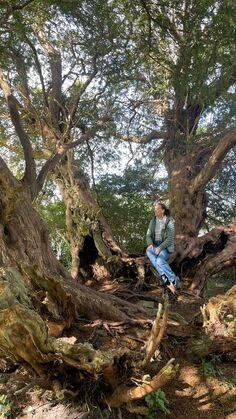

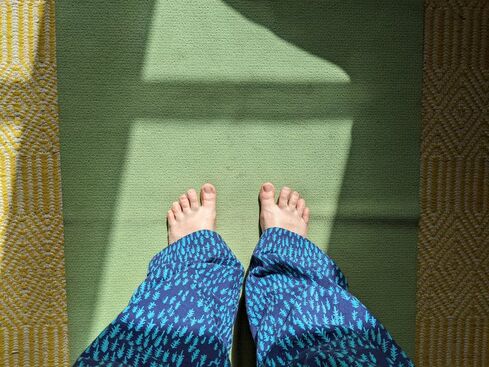

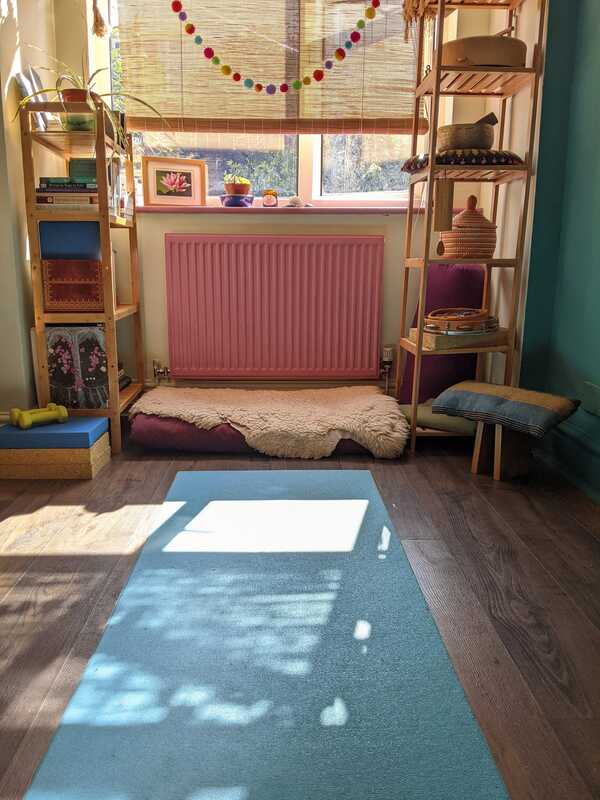
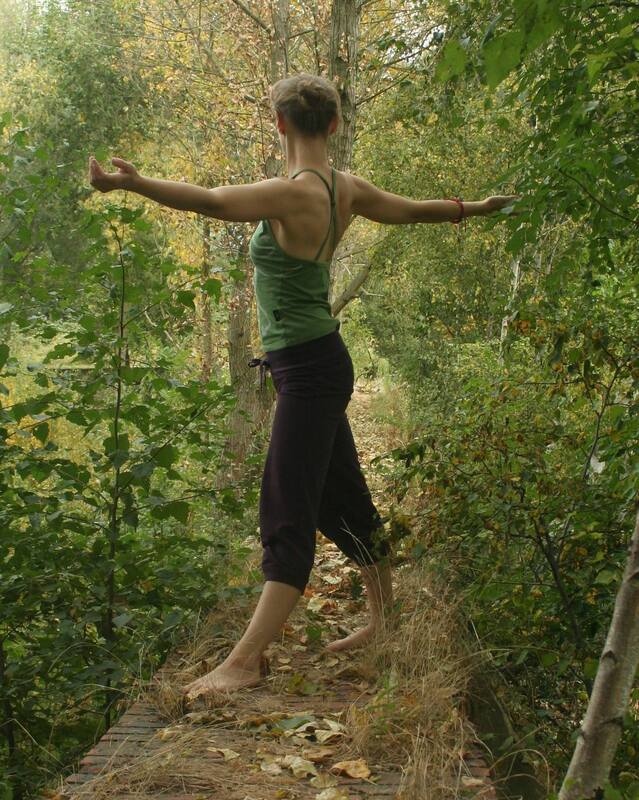
 RSS Feed
RSS Feed